wdchuck
Addicted to ArboristSite
9 hour day for this project, but the truck rode great on the way home.
Suggestions welcome on how to approach this situation better, how to get better lumber out of the log.
Cant hook is great for bark removal.
No sign of checking anywhere, even after sitting with a cut face all winter, will be weighing a board during unloading, my guess is over 125# each. 1-1/4" x 28" x 78", the other 13' is firewood , I hadn't found this site yet when I was cutting these logs up, now I look at milling potential first and firewood after. Something else that was nice surprise, the 460 w/32"bar fell through that butt cut like there was no wood, not at all like the willow experience. I suppose having a pic of the milling setup would have been nice, 075 w/42"bar and 5* ripping chain on a 44" GBmill, maybe next log.
One thing though, by the time I got home, I felt like a tackling dummy at spring training, it's not the light pressure applied during milling, it's everything else that wears a guy out.
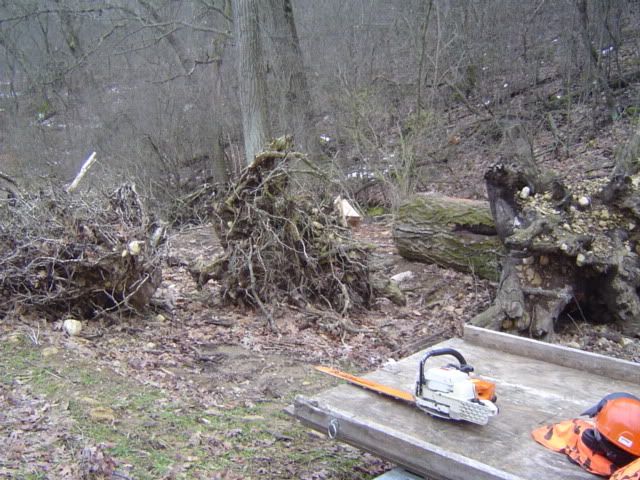
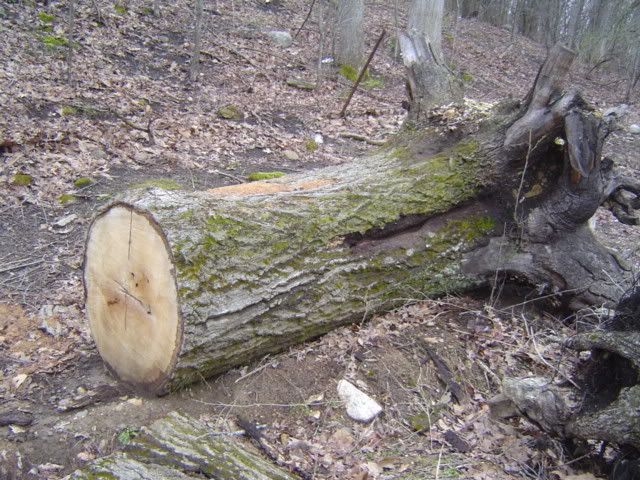
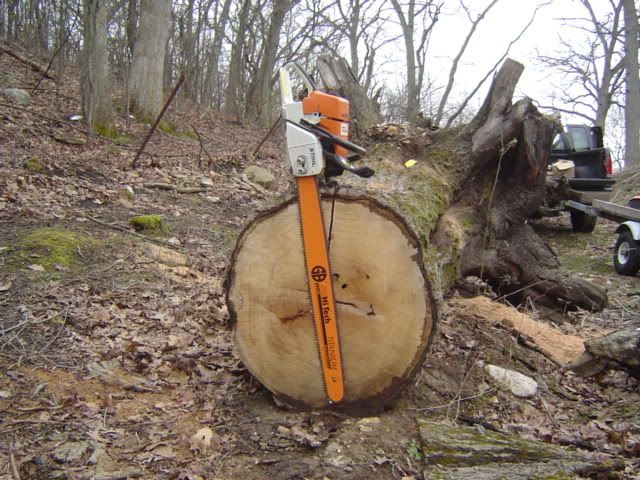
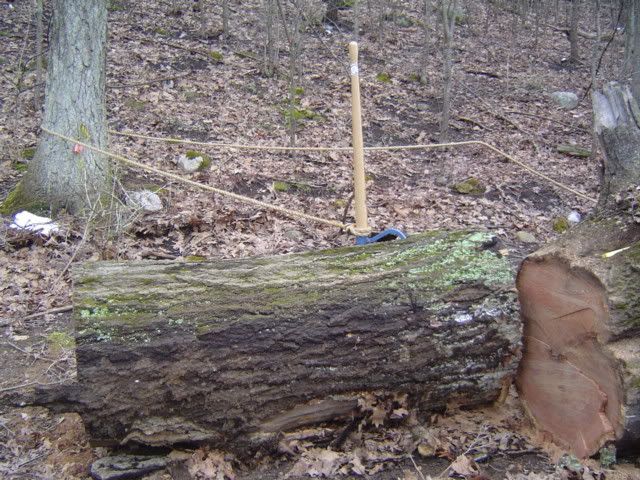
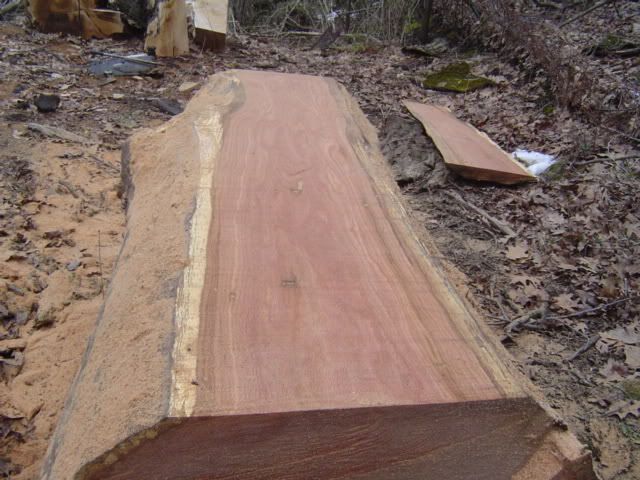
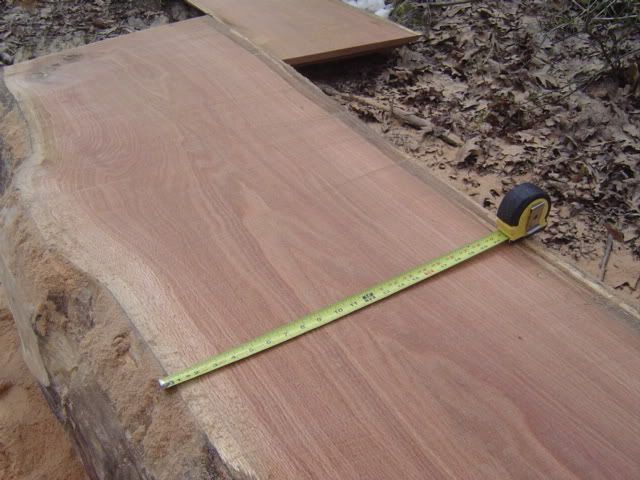
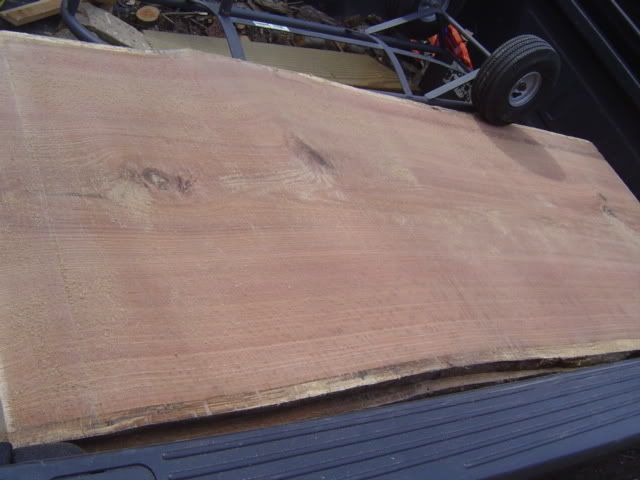

Suggestions welcome on how to approach this situation better, how to get better lumber out of the log.
Cant hook is great for bark removal.
No sign of checking anywhere, even after sitting with a cut face all winter, will be weighing a board during unloading, my guess is over 125# each. 1-1/4" x 28" x 78", the other 13' is firewood , I hadn't found this site yet when I was cutting these logs up, now I look at milling potential first and firewood after. Something else that was nice surprise, the 460 w/32"bar fell through that butt cut like there was no wood, not at all like the willow experience. I suppose having a pic of the milling setup would have been nice, 075 w/42"bar and 5* ripping chain on a 44" GBmill, maybe next log.
One thing though, by the time I got home, I felt like a tackling dummy at spring training, it's not the light pressure applied during milling, it's everything else that wears a guy out.








Last edited:





 What were you doing with the rope that was tied to the cant-hook and running around the tree? Just curious.
What were you doing with the rope that was tied to the cant-hook and running around the tree? Just curious.